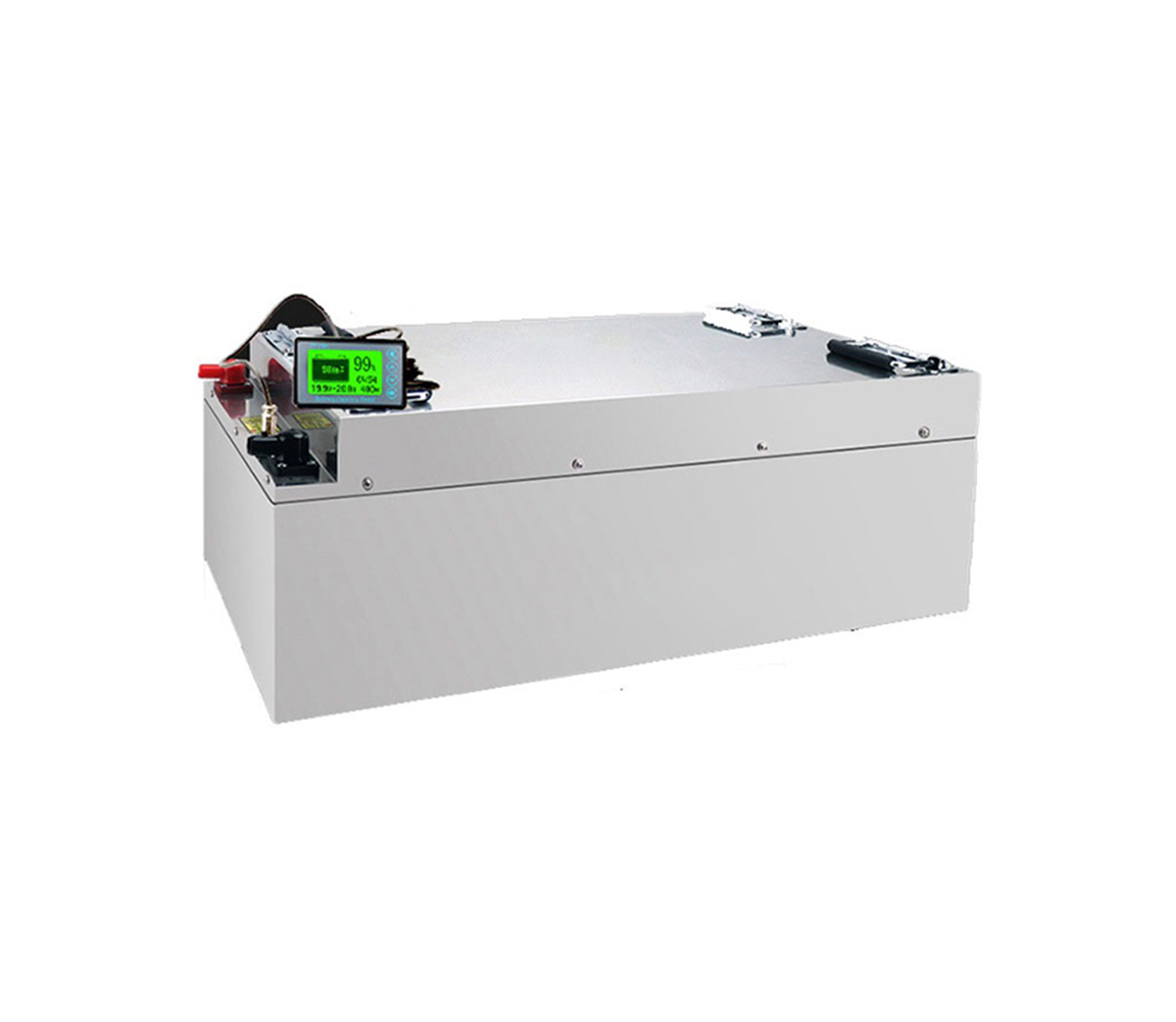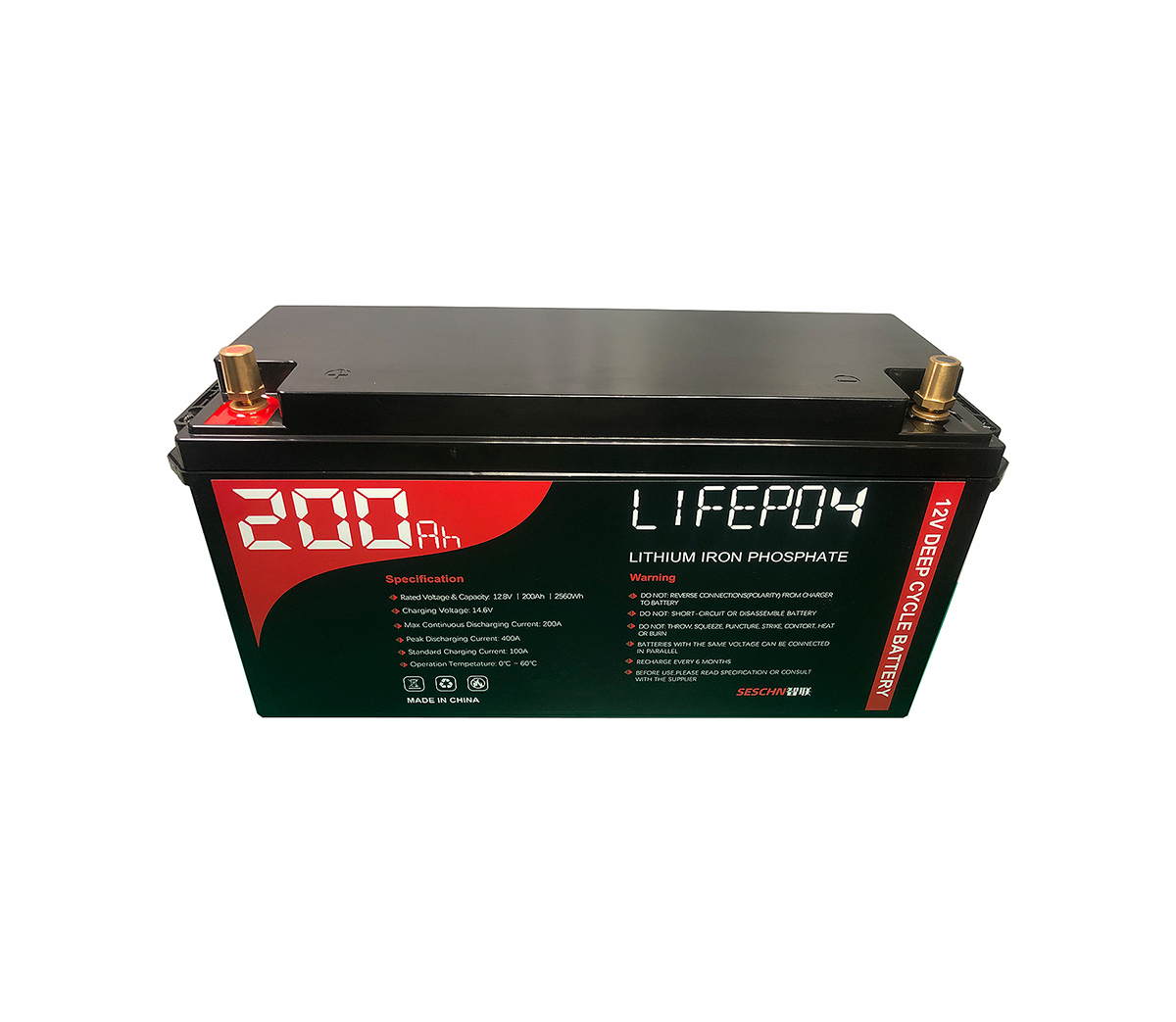The electric spaceship is here! The one that flies over water, £192,000
Could it be that the final destination of all means of transportation is
the sky? The flying car has appeared, and the flying ship has followed. This
spacecraft is still pure electric, the kind that has been put into mass
production and delivered.
The price, 192,000 pounds, is a proper rich man's toy.
How does a flying ship fly?
A flying boat evaluation video on YouTube caused a heated discussion. The
uploader of the video is electrek, a foreign electric vehicle vertical
media.
The boat is a flying boat that has been delivered in mass production. The
manufacturer Candela is an electric flying boat startup from Stockholm,
Sweden.
Instead of relying on fixed wings to maintain flight as imagined, it
provides support and power with hydrofoils at the front end of the ship and a
power unit.
Get the hull out of the water to create the effect of flying.
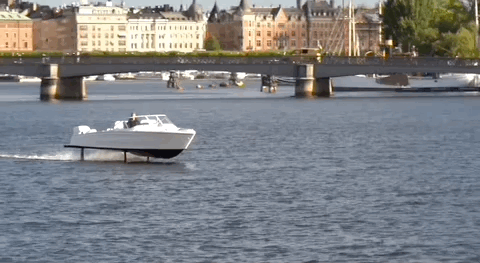
The flying ship "flies" not high, about 50 cm from the water surface.
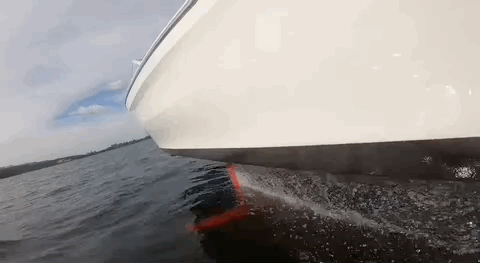
Because the hull does not touch the water surface, the sailing attitude is
more stable than that of ordinary ships. No water surface friction, lower energy
consumption.
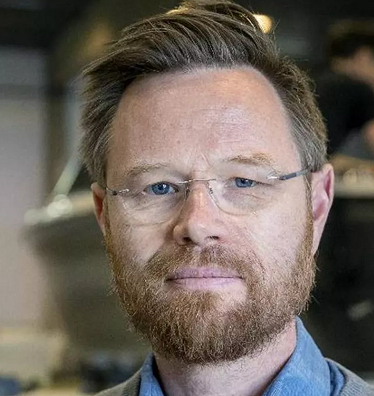
The flying boat is driven by a motor, and the noise performance is
excellent throughout the evaluation process.
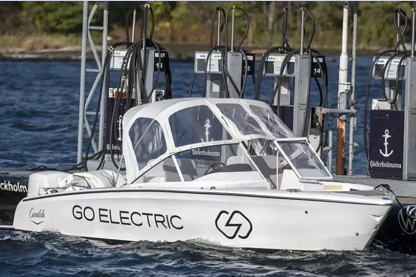
The flight attitude starts and stops, and can be automatically switched
according to the sailing speed and water surface conditions.
Navigation control, hull information, relying on a 12-inch touchpad, the
driver only needs to switch freely according to the water surface
conditions.
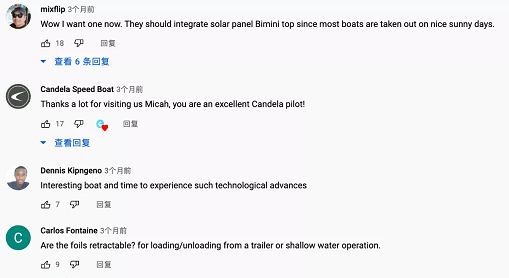
It is reported that this flying ship is called Candela 7 (C7), which is
Candela's first mass-produced product. It is also the world's first AI hydrofoil
electric flying boat.
The C7 made its debut in Switzerland in September 2020 and sailed at the
Venice Yacht Show in Italy in June the following year.
Now the C7 flying ship has been delivered in Stockholm and landed in New
Zealand in April this year. Candela officially disclosed that the C7 flying boat
adopts a hydrofoil design, which is driven by the front hydrofoil and the rear
power unit.
In terms of power, the C7 is equipped with a 40 kWh lithium-ion battery,
with a maximum range of 50 nautical miles (92.6 km) and a top speed of 30
nautical miles (55.56 km) per hour. Compared with the same level of fuel
products, the C7 electric flying boat is more efficient.
The data shows that at a speed of 20 nautical miles, the energy consumption
per nautical mile is 0.8 kWh, which is equivalent to the energy consumption of
0.1 liters of gasoline per nautical mile.
In terms of intelligence, the human-computer interaction of the C7 electric
flying boat relies on a 12-inch screen. The hydrofoil control relies on computer
control, and the driving is simple.
At the same time, the C7 electric flying boat system is connected to the
cloud and can perform remote OTA to continuously optimize efficiency and
performance. In terms of price, £192,000.
Who is Candela?
Candela, an electric boat startup founded in 2014, is headquartered in
Stockholm, Sweden. The core technical team consists of 13 engineers from
aerospace, software and electronics industries.
Its founder and CEO - Gustav Hasselskog, graduated from the Royal Institute
of Technology in 1996 with a master's degree, majoring in mechanical
engineering. Before founding Candela, Gustav Hasselskog was CEO of a
long-established car care company.
In terms of financing, Candela has conducted two rounds of financing since
its establishment. The most recent round, last December, was led by EQT
Ventures, with participation from existing investor and curator Chris Anderson.
The financing amount is 24 million euros, equivalent to 175 million yuan.
At present, Candela has two main products. In addition to the C7 that
appeared in the evaluation, the other C8 has also been mass-produced. Candela
revealed that compared with the C7 in the video, the C8 has a larger cabin area
and a more advanced system, which can be regarded as the RV version of the
Candela flying electric boat.
For the drive system, the C8 uses the C-POD power system developed by
Candela. The biggest feature of this system is that the hydrofoil is directly
connected to the electric motor, which is smaller in size and has higher
operating power.
Each power unit of the C-POD power system can provide 67 horsepower, and
the operating time can reach 4,000 hours with one maintenance.
The larger and more advanced C8 sells for up to 290,000 euros and has
already received 60 orders.
In addition, Candela is currently planning two electric flying boats - the
Candela P30 passenger boat and the Candela P12 water taxi.
Among them, the main landing scene of the P30 passenger ship is water
public transportation. Candela said the P30 will be the world's first electric
hydrofoil ferry that can accommodate up to 30 passengers.
At present, the P30 has received official orders from Stockholm and will
provide a shuttle service between the islands of Stockholm next year. The P12
water taxi can accommodate up to 12 people and is mainly used for surface travel
services.
In addition to electric flying boats, Candela is also partnering with
Swedish solar company Nordsol to build a charging network. The first electric
boat charging stations will land on five islands in Stockholm.
The context of Candela's business model is very clear: C7 and C8 electric
flying tours are deployed in the private market, and P30 and P12 are used for
water travel services. Finally, the closed-loop business is completed with the
self-supporting energy supplement scheme.
This mode is almost like bringing the current hot smart electric vehicle
gameplay from land to water. Tesla is also building its own energy-supplying
network. The RoboTaxi promised by Musk has not yet been realized, but it is also
in the business plan.
But such a perfect product also faces a problem: how to achieve scale?
After all, the price is high, and the positioning of private yachts such as C7
and C8 is destined to be a toy for the wealthy.
Want to popularize this product among the general population? It's not
realistic at the moment. If it cannot be implemented on a large scale, the
utilization rate of the self-operated charging network cannot reach the
break-even rate, so how can it be realized?
For Candela, the P30 and P12 for public travel may be the answer. But this
answer is still in the planning state, and the product is still on the
conceptual rendering.
Even so, the evaluation performance of the Candela C7 electric flying boat
still made a lot of netizens shout amazing. For example:
SES Power is a very creative product. In fact, the concept of electric
ships is not new. Now some countries have begun to produce electric ships of
more than 10,000 tons. It is an inevitable trend that fossil fuels are gradually
eliminated. SES Power has very deep experience in the lithium battery industry.
We have been exposed to the power requirements of electric ships very early,
from the earliest lead-acid batteries, to simple lithium battery packs, to
today's intelligent, high-power, high-safety Lithium battery system (including
photovoltaic charging, inverter system, DC power supply system, etc.) is the
trend of development. Lithium batteries have also changed from 12V100ah,
12V200ah, 24V100ah imitating lead-acid batteries to today's deep intelligence
with CAN, SMBus, APP applications, etc., which are related to the overall
development of electric ships.














